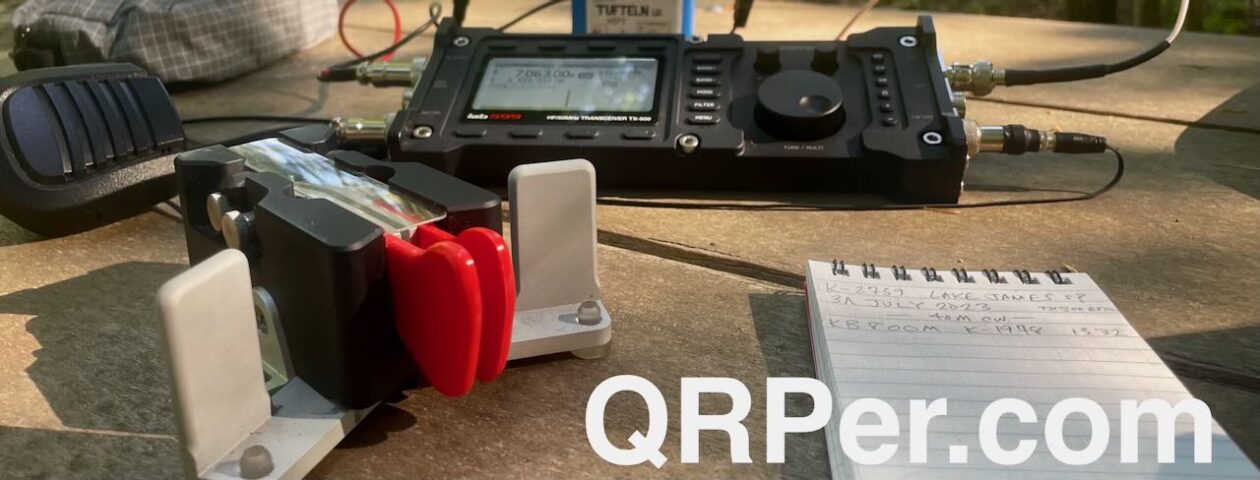 I get a little thrill out of checking out new parks and summits.
I get a little thrill out of checking out new parks and summits.
When going to a new-to-me site, I typically do quite a bit of research in advance. With parks, I look up directions to the entrance, hiking trails, park boundaries, and try to sort out the best potential activation sites on a map. With a summit, it can be much more complicated, but reading previous activator notes really saves a lot of headache. That’s especially the case here in the States where many summits are on private/gated land and/or could require bushwhacking off trail with no mobile phone service.
Then again, returning to a site I’ve been to before is also quite nice. I know what to expect and that often opens up the door to more confidence with time planning, antenna choices, and what to pack in terms of gear.
On Friday, March 25, 2022, I re-visited a site I hadn’t been to in nearly a year: Rendezvous Mountain Educational State Forest.
What’s great about Rendezvous is that it’s both a POTA and SOTA site.
On top of that (no pun intended) the activation zone of SOTA summit 2543 (W4C/EM-082) is on a road where Rendezvous Mountain Educational State Forest (K-4859), and Rendezvous Mountain State Game Land (K-6941) overlap. One activation yields two parks and one summit!
Last year, it took a bit of research to make this discovery. I studied both the park and game land maps, then compared those with a Cal Topo map. If interested, check out that field report here.
Rendezvous Mountain
I arrived on site around 12:45 local. The park was void of visitors–I almost felt like I’d arrived on a day when the gates should have been closed.
As I grabbed my SOTA backpack out of the back of the car, a ranger pulled up in his truck and asked if I was planning to hike. I told him about my plans and asked if it was okay that I hike the forest service road to the summit. He said, “Sure. But when you reach the prison crew doing brush cutting on the road, make sure one of the guards sees you before you attempt to pass them.”
Okay then.
I thanked him and double checked that it was actually not a problem to hike the road and he said, “Go for it!” Continue reading Speaker Wire SOTA & POTA: Another rendezvous with Rendezvous Mountain!



























